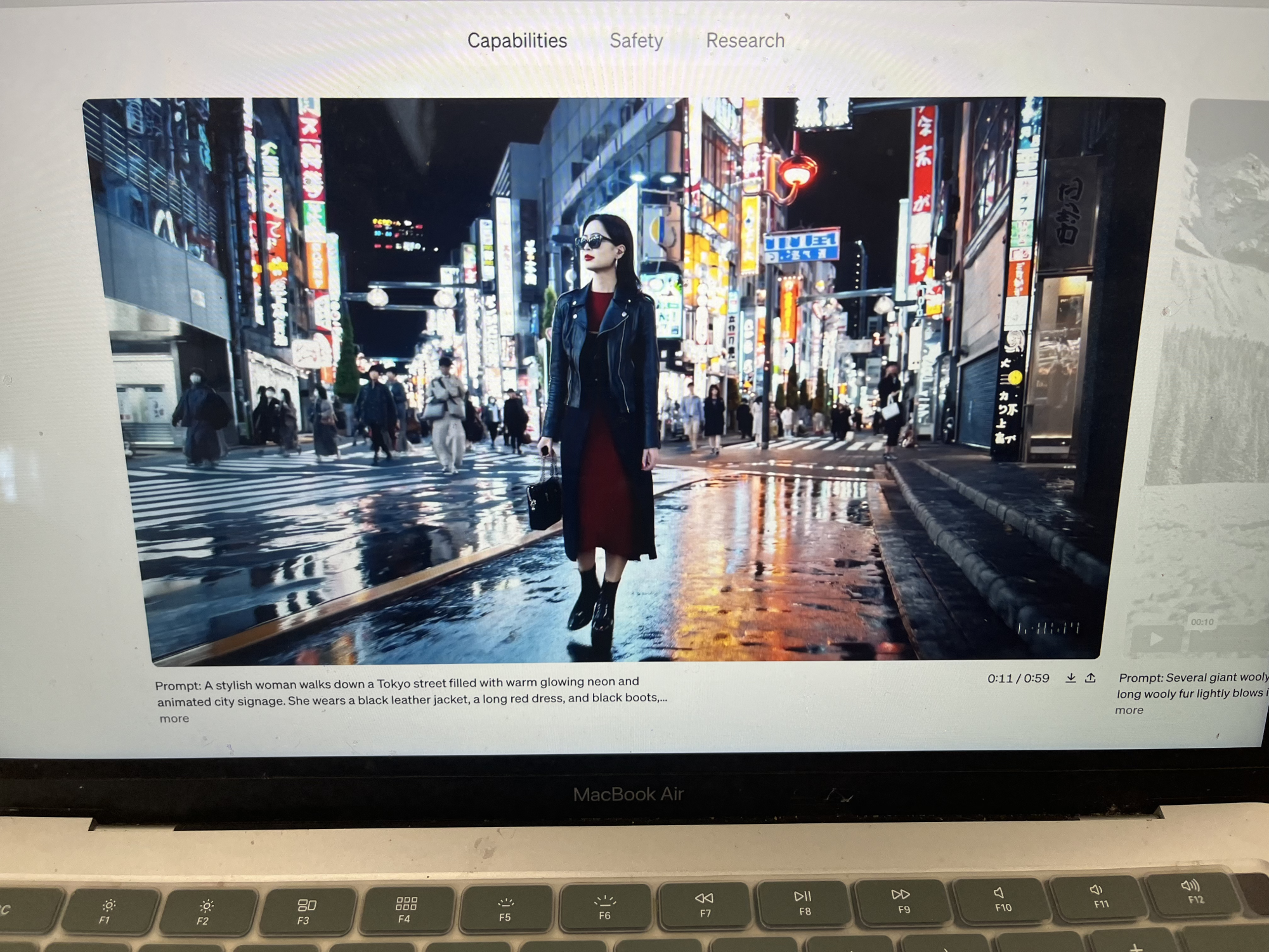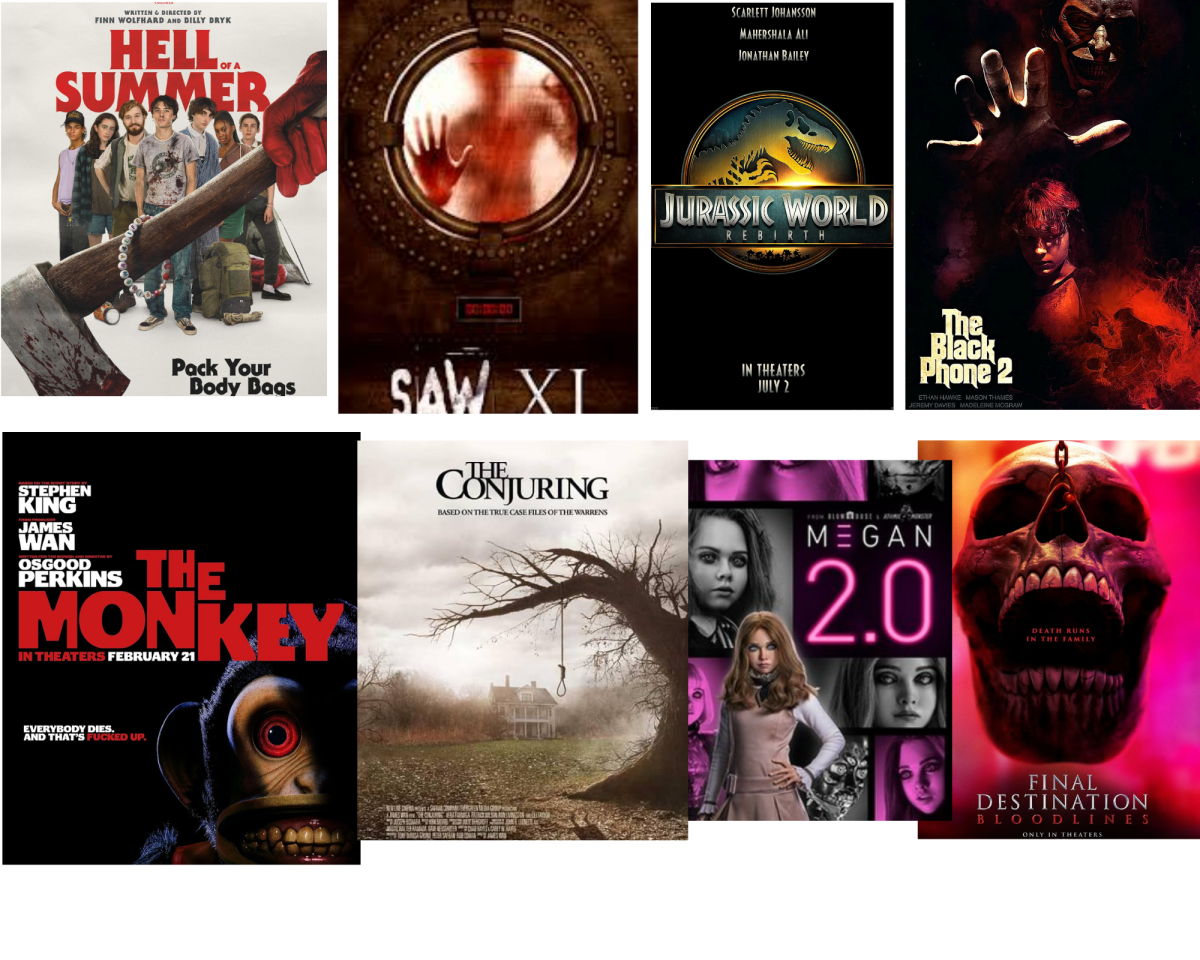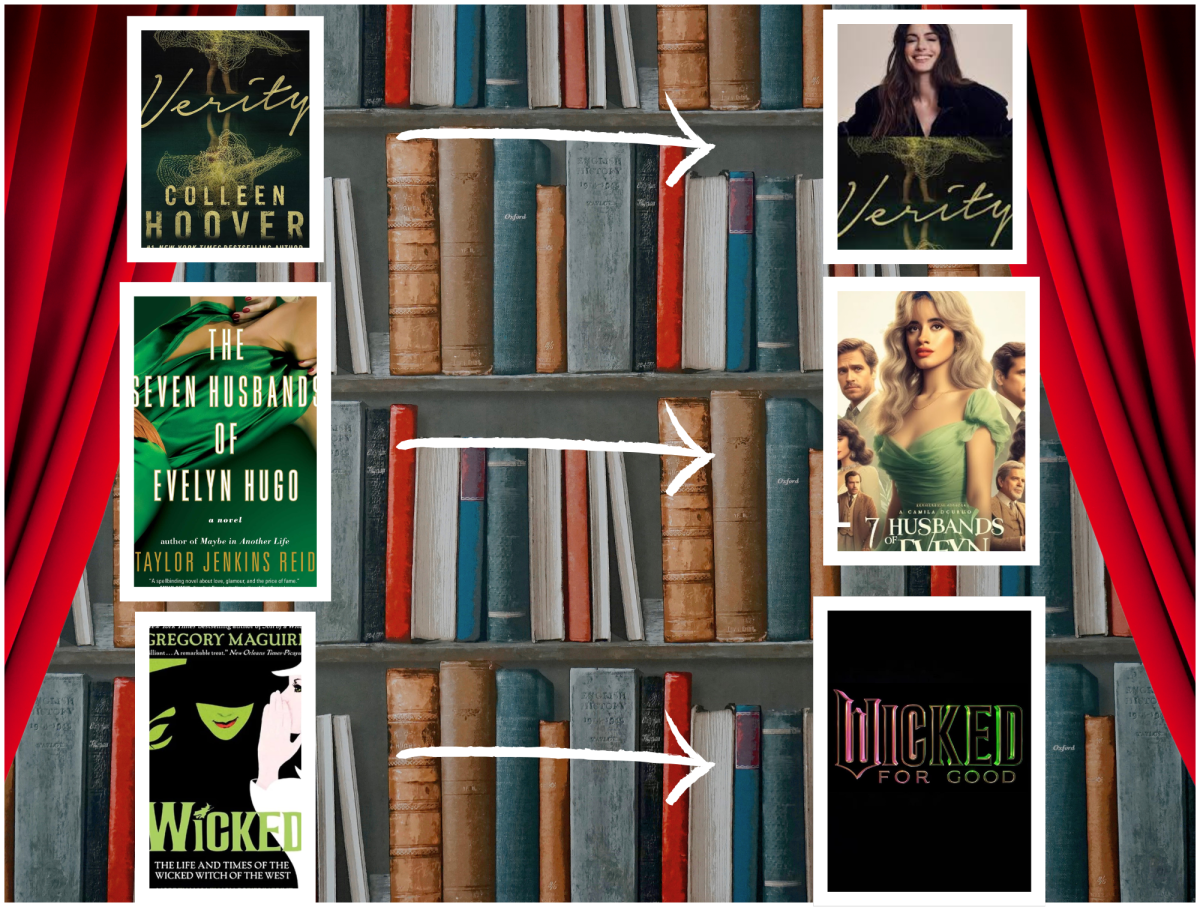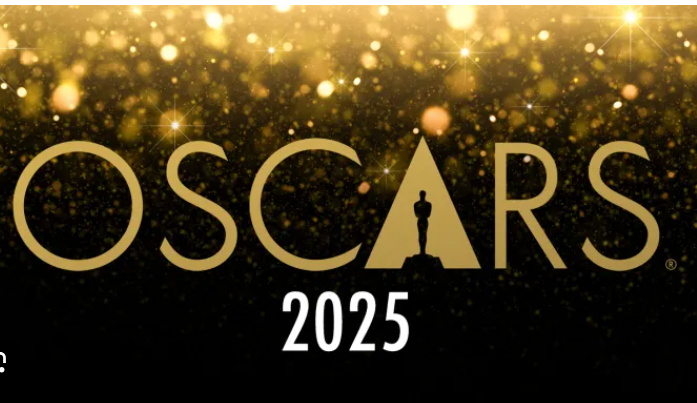Over the last couple of years, the rise of AI has facilitated widespread conversation about its ethics, uses, and features. The debate surrounding AI is highly contentious, as people weigh the pros and cons. No matter what one’s opinion is about the use of AI, the undeniable truth is that it has become increasingly widespread and developed.
The most recent advancement in AI technology was released on February 15, called Sora. Sora is a text-to-video generator and has already created a few videos based on prompts alone. These videos are open to the public, yet the technology itself is not. As the Sora website states, it “is becoming available to red teamers to assess critical areas for harms or risks. [It is] also granting access to many visual artists, designers, and filmmakers to gain feedback on how to advance the model to be most helpful for creative professionals.”
Even though Sora is still in an early stage, its capabilities so far are scarily impressive. For example, a video featured on the website is of a small dog walking across a windowsill. The AI was given the prompt: “The camera directly faces colorful buildings in Burano Italy. An adorable Dalmatian looks through a window on a building on the ground floor. Many people are walking and cycling along the canal streets in front of the buildings.” With these words alone, it was able to create an incredibly detailed and colorful landscape, with hyper-realistic graphics. The video is so realistic that if there was no disclaimer that it was AI-generated, one would likely believe that it is real.
The quality of these videos provides both benefits and challenges. The use of this technology could transform education. For example, the Sora website shows a video that is meant to simulate the gold rush. For many students who are visual learners, these types of simulations can help them best learn about historical events.
Mr. Kaplan gives his point of view as an educator, stating, “As a history teacher, you often find yourself tirelessly searching for that perfect primary source. Unfortunately, those resources are often lost to history. AI offers the unique opportunity to recreate those valuable sources for the use of future historians and students! With that however, we will need to become more diligent in assessing the credibility of these documents to ensure that we are getting an authentic representation of history!” Developments like Sora further deepen the research of AI, which helps provide all the benefits that come with AI in general.
However, as Sora continues to progress and become even better in quality, it’ll become even harder to discern real from fake. As this technology is not yet available to the general public, we don’t yet have to worry about its threats. Yet, AI has undeniably increased the concentration of deep fakes, with the technology able to completely change the meaning of “evidence.” Luckily, the creators of Sora are well aware of the implications of their creation, and specify that they are “building tools to help detect misleading content such as a detection classifier that can tell when a video was generated by Sora,” which will hopefully prevent the spread of misinformation.
The feedback of Sora is certainly mixed. Some may find increased joy and efficiency in seeing what was previously an imagined idea turn into a visual simulation. Others may simply like creating silly and random videos. Yet, people get scared when it is used for more nefarious activities, such as the creation of misleading, pornographic, graphic, or other negative types of content. “I feel like there is a really big door for this to be abused, and I worry about people posting really harmful content or fabricating political content,” shares Monique Kefala-Dori ‘24.
AI, without a doubt, is effectively transforming our present and our future. Soma has the potential to be incredibly useful and helpful, but it also could be detrimental to our society. Ultimately, the dividing factor is how we regulate and use it.








